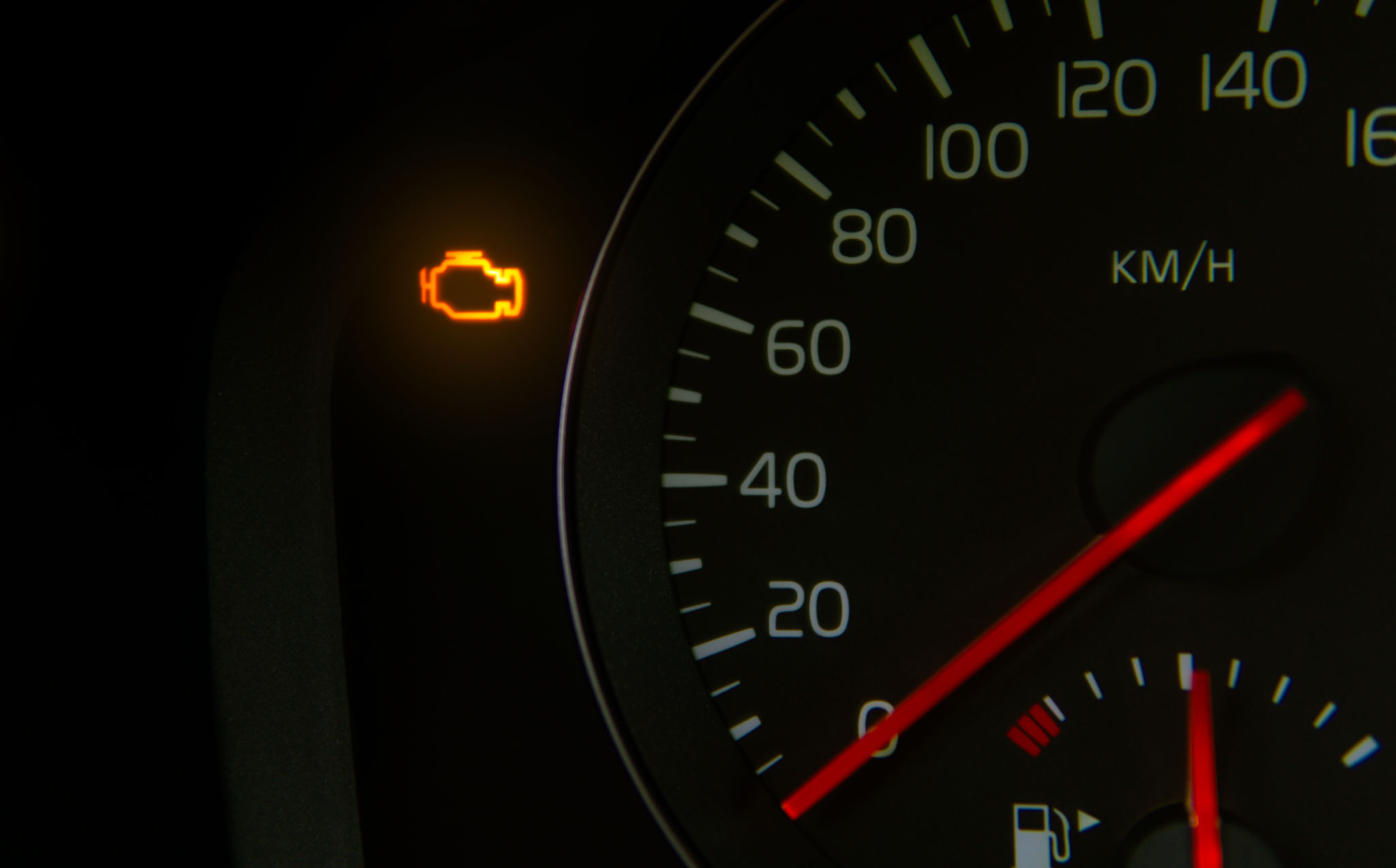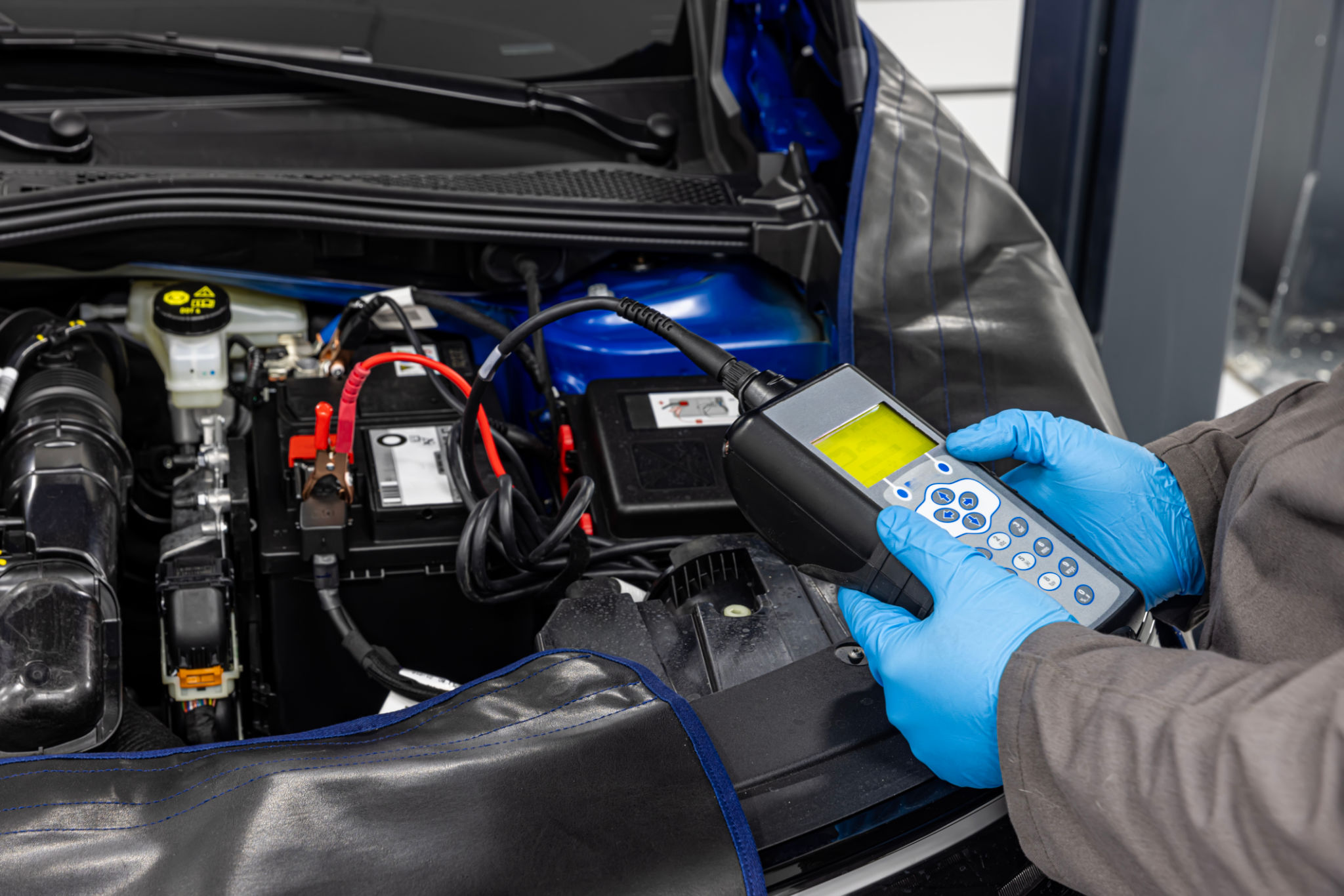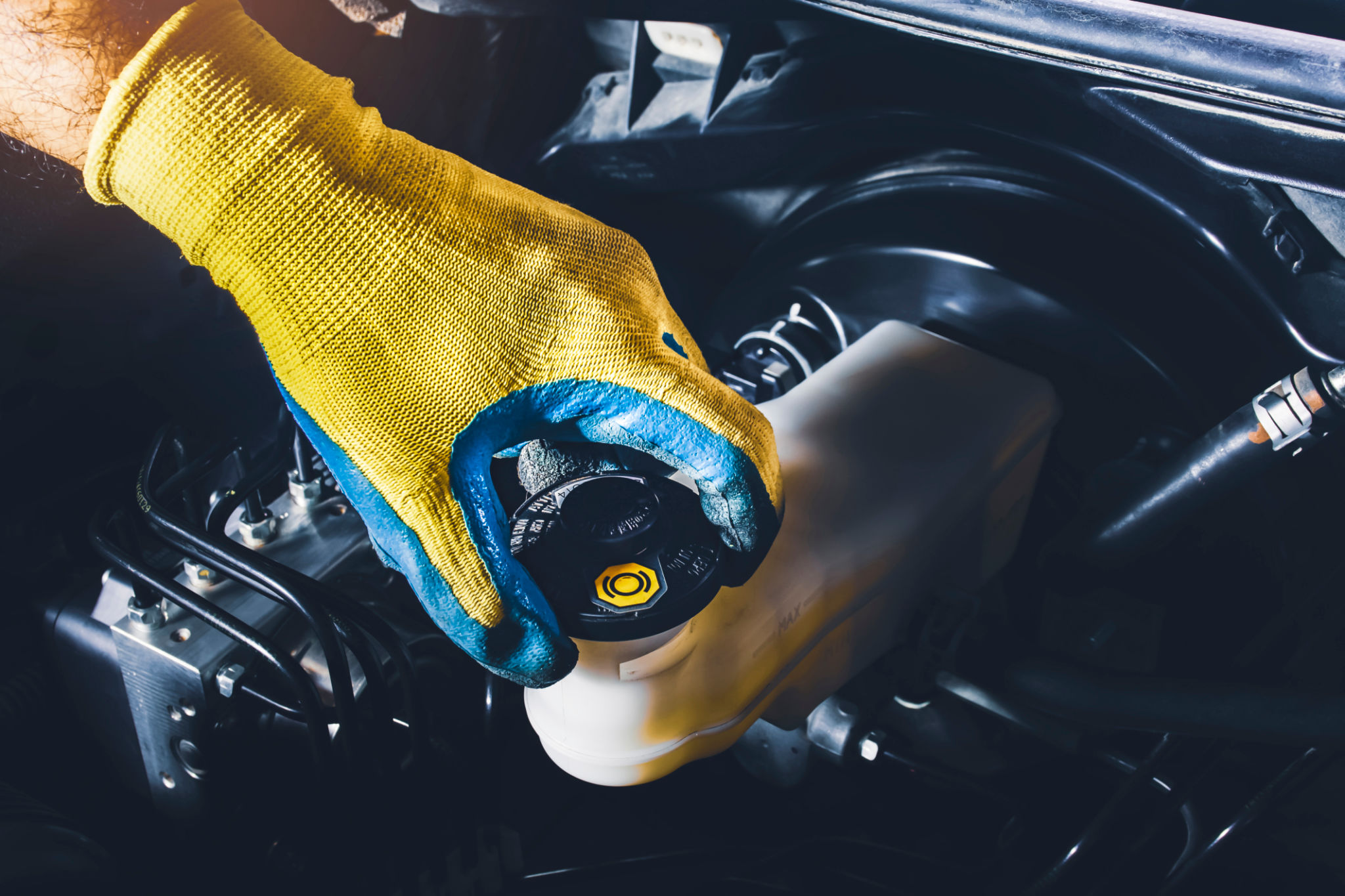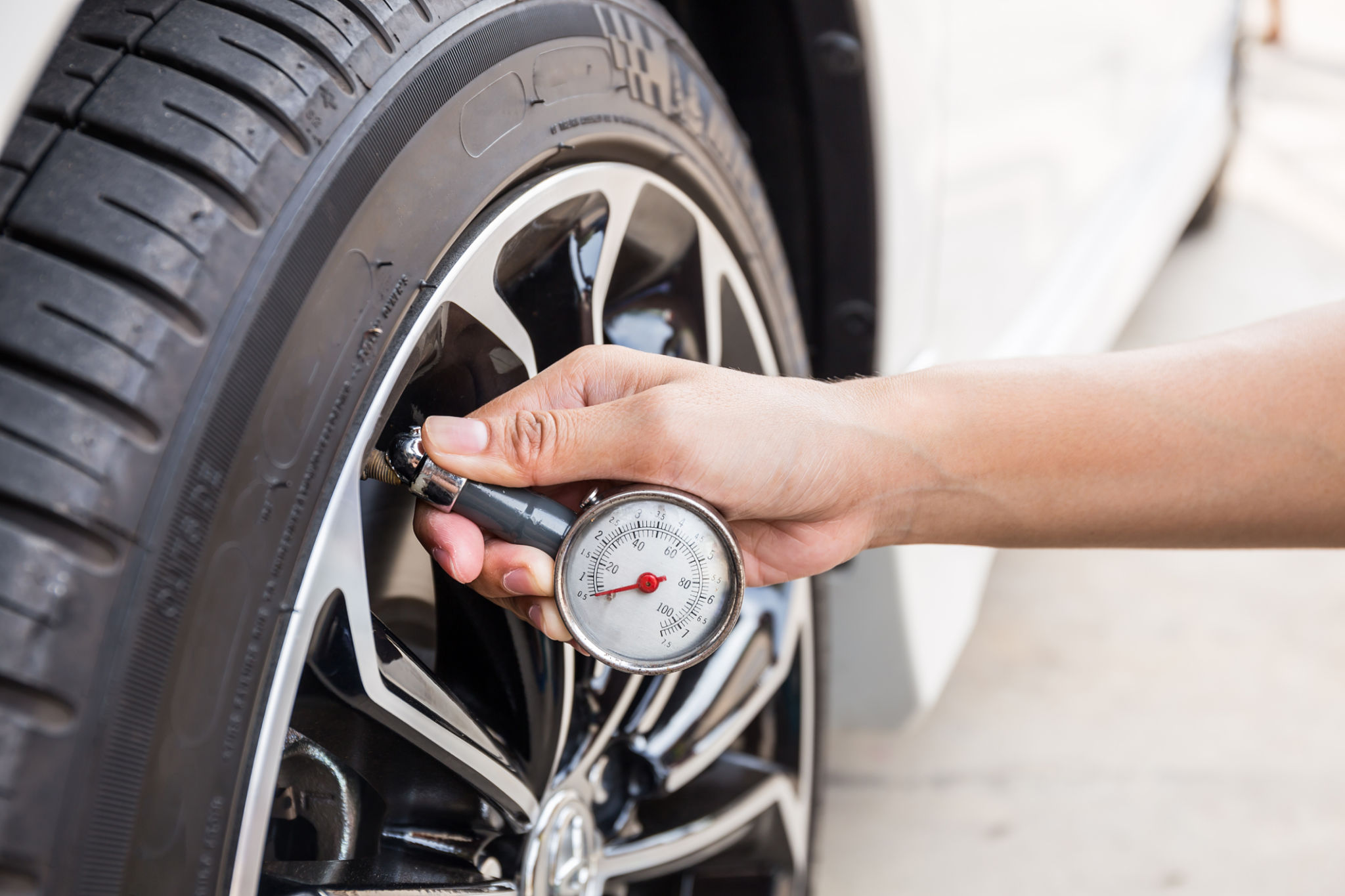DIY Car Troubleshooting Before Calling a Mobile Mechanic
Understanding Basic Car Troubles
Your car is an intricate machine with numerous components working together. When something goes wrong, it can be a daunting task to figure out the problem. However, before you reach for your phone to call a mobile mechanic, there are some basic troubleshooting steps you can take on your own. This not only saves you time but also money.
Common car issues often have straightforward solutions. From checking fluid levels to inspecting belts and hoses, understanding what to look for can be incredibly empowering. By identifying simple problems, you can determine whether professional help is necessary or if it's something you can handle yourself.

Checking Your Car Battery
A dead battery is one of the most common car problems. Before assuming the worst, perform a quick inspection. Look for corrosion on the battery terminals, which can impede electrical flow. If corrosion is present, clean it using a mixture of baking soda and water with a brush.
Next, check the battery's charge using a multimeter. A healthy battery should read around 12.6 volts when the engine is off. If it's significantly lower, consider jump-starting your car or replacing the battery if it doesn’t hold a charge.

Diagnosing Engine Issues
An engine that refuses to start or runs poorly can be alarming. Start by checking the engine oil level and condition. Low oil can cause severe engine damage, so ensure it's topped up to the recommended level.
If the oil level is adequate, inspect for any unusual sounds or smells when attempting to start the engine. These could be indicative of more serious issues, such as a faulty starter or alternator.
Inspecting Fluid Levels
Fluids are the lifeblood of your vehicle. Regularly check levels for essential fluids like coolant, transmission fluid, and brake fluid. Low coolant levels can cause overheating, while insufficient brake fluid can lead to dangerous braking conditions.

Ensure all fluids are at their recommended levels and top them off if necessary. If you notice frequent drops in fluid levels, this could indicate a leak that requires professional attention.
Tire Troubleshooting
Tires should not be overlooked in your DIY troubleshooting efforts. Check tire pressure regularly using a tire gauge. The correct pressure is crucial for safe handling and fuel efficiency. Most cars have a sticker on the driver's side doorjamb indicating the recommended tire pressure.
Also, inspect tires for signs of wear and tear, such as uneven tread or bulges. These could lead to blowouts or other dangerous situations on the road.

Conclusion: When to Call a Mobile Mechanic
While DIY troubleshooting can resolve many minor issues, there are times when calling a mobile mechanic is necessary. If you're unable to diagnose the problem or if it involves complex systems like the transmission or suspension, professional help is warranted.
Using these DIY steps as a preliminary guide can not only help you understand your vehicle better but also provide valuable information to the mechanic, speeding up the repair process.